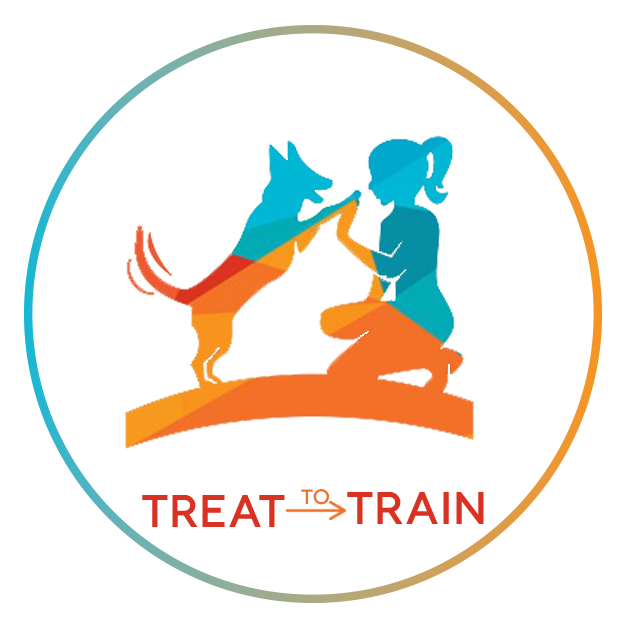Understanding Resource Guarding in Dogs
First off, it's important to know that resource guarding is a natural canine behavior. Dogs are wired to protect what they value, whether it's food, toys, or even your attention. Usually, resource guarding is a form of communication, but it can turn into something more serious, potentially leading to injuries. If you ever witness aggressive behavior in your dog, whether related to resource guarding or not, it's a wise move to consult a vet or a qualified behavior expert before trying to handle it on your own.
Getting the Grasp of Resource Guarding
Resource guarding is rooted in a dog's primal instincts. In the wild, securing a meal could mean survival, so the instinct to protect valuable stuff is still there, even though our pets are far from starving. The goal of any training approach for resource guarding is to reduce the fear and conflict associated with it, making dogs more comfortable with sharing. Positive reinforcement and counter-conditioning techniques can help shift a dog's emotional response, eventually putting an end to the guarding behavior.
Steps to Success
Dealing with resource guarding from humans or other dogs follows similar principles because fear is usually at the core of it.
1. Prevention through Good Management
Before diving into training, you should use effective management strategies to prevent unwanted resource guarding. Identify the situations or items that trigger this behavior and either change the environment to eliminate these triggers or limit your dog's access to them. This may mean removing cherished toys, controlling access to certain areas, or even feeding dogs separately. Tools like crates, baby gates, and pens can help control your dog's space and prevent unwanted behavior. In some cases, dogs may need to be kept apart except during training sessions.
2. Individual Foundation Training
Before working with two dogs together, it's crucial to build a solid foundation of individually trained skills. Introduce your dogs to clicker training if they're not already familiar with it. Practice fundamental commands like "leave it" and "stay." Additionally, work on relaxation and self-control behaviors like mat work and "Doggie Zen."
3. Training with Two Dogs
Now, you can start working with both dogs together. This requires two handlers, one for each dog. Begin with a low-value item that your dog likes but isn't overly attached to, like stuffed toys (low value), chewies (medium value), or food (high value).
The key is to ensure that all interactions are positive and educational and that both dogs remain "under threshold" at all times, meaning that aggressive behavior should never be observed if everything goes according to plan.
Here's how it goes:
Leash both dogs for safety, with the guarding dog (let's call it Dog A) potentially tethered for added security.
Place the resource near Dog A.
Gradually bring Dog B closer, but stop well outside the point where Dog A might become anxious.
Click and treat Dog A for staying calm.
Lead Dog B away, and click and treat Dog B for not attempting to take the resource.
Gradually reduce the distance between the two dogs, repeating the process each time while keeping both dogs calm.
If either dog displays any signs of anxiety or aggression, return to the previous distance where both dogs were successful and repeat the process.
Continue reducing the distance in small increments until Dog B can calmly walk past Dog A, and both dogs feel comfortable.
Repeat this exercise with resources of increasing value until you're working with the most prized possessions. You can also practice this in different locations, especially those where guarding behavior tends to occur, such as the couch.
4. Treat Both Dogs
Another effective exercise involves sitting the dogs far apart on either side of you, tethering them if necessary. Say Dog B's name and give him a medium-value treat, followed immediately by saying Dog A's name and giving him an even better treat. Gradually reduce the distance between the dogs until they can sit as close as a body length apart while waiting patiently for their turn to receive treats. This exercise teaches Dog A that when Dog B receives a treat, it means that an even better treat is coming soon for Dog A.
Handling Unexpected Trouble
If your dogs unexpectedly engage in resource guarding between training exercises, it's crucial to remain calm. Getting upset will only escalate the situation. Avoid punishing the guarding dog, as this will be counterproductive. Instead, calmly remove both dogs from the situation, preferably without physical contact. Send them to their designated relaxation areas to diffuse tension, and separate them briefly to allow everyone to calm down.
Afterward, analyze what triggered the guarding behavior, and if possible, remove or restrict access to the resource that caused it. Include that specific resource, location, or context in your training plan. Eventually, you'll have the opportunity to reward both dogs for calm behavior in the same situation.
Sharing Nicely
Modifying resource-guarding behavior is a gradual process. Seek assistance from a qualified professional trainer or veterinary behaviorist if needed, as it may take time and effort to see significant improvements. Safety and management are paramount, as some dogs may require ongoing precautions. Remember, resource guarding is a behavior, and all behaviors can be modified with patience, consistency, and the right guidance.

